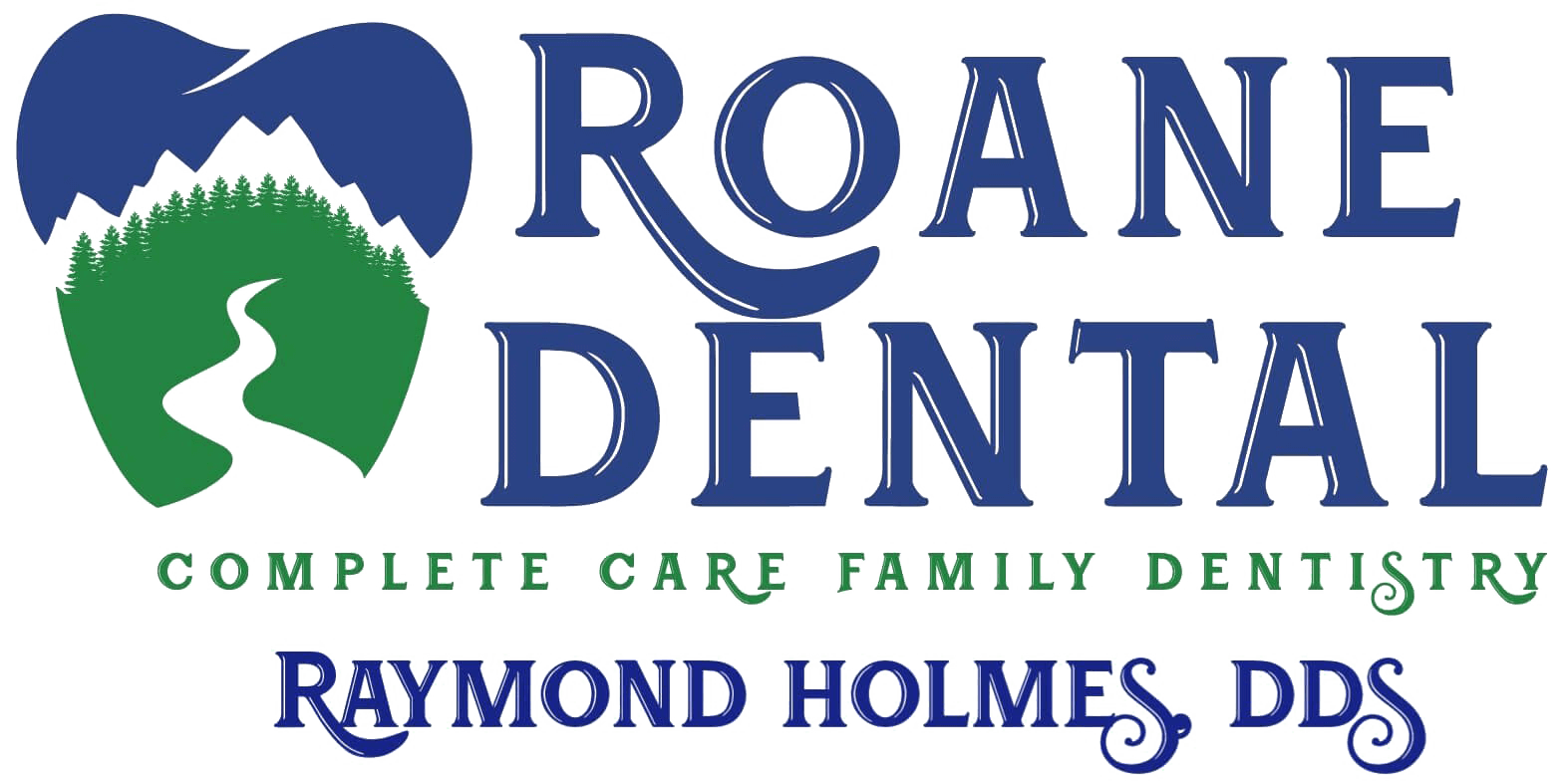Periodontal Maintenance
Periodontal disease is caused by plaque, a sticky film that is always forming on your teeth. Plaque contains bacteria that produce acid. If teeth are not cleaned well, these acids can irritate and inflame your gums. Healthy gum tissue hugs your teeth tightly. But swollen and irritated gum can pull away from the teeth and form spaces called pockets. These pockets collect more plaque bacteria. If the infected pockets are not treated, the disease will get worse. Bone and other tissues that support teeth can be damaged. Over time, teeth may fall our or need to be removed.
If plaque stays on your teeth, it hardens into a rough substance called tartar. Tartar can only be removed when teeth are cleaned by a licensed dental professional.
How can I tell if I have periodontal disease?
Some people with periodontal disease have few or no warning signs. If you notice any of these signs, come see our dentist:
gums that bleed when you brush or floss
gums that are red, swollen, puffy or tender
gums that no longer hug your teeth tightly
bad breath that doesn’t go away
pus between your teeth and gums
loose teeth or a change
a change in the fit of partials and dentures
Diagnosing Gum Disease
We will check for problems by looking at the color and firmness of your gums. A special tool called periodontal probe will be used to gently measure how deep the pockets are between your teeth and gums. Very deep pockets are a sign of advanced periodontal disease. During the visit, dental x-rays may be taken to check the amount of bone supporting your teeth.
Are there treatments for periodontal disease?
The mildest form of periodontal disease is called gingivitis. It makes gums red and swollen, They may also bleed easily when you brush. The good news is that gingivitis can be fixed. Sometimes all it takes is better oral care at home and more professional cleanings.
The more advanced form of periodontal disease is called periodontitis. It results in more swelling and redness in the tissues around the teeth. It also causes the tissue and bone to break down.
Scaling and root planing in deep cleanings involves removing plaque and tartar from above and below the gum line. Most gum diseases are preventable with proper oral hygiene. However, what can start out as gingivitis (inflamed or bleeding gums) can quickly turn into periodontitis (loss of supporting bone structure). In such cases, gums pull away from the tooth to create “pockets,” thereby exposing a dental root to infection. Patients should practice good oral hygiene, eat a well balanced diet, and attend regularly scheduled dental appointments.
Periodontal disease will not go away by itself. Preventing and treating the disease in the early stages are the best ways to keep your smile healthy and avoid tooth loss.
